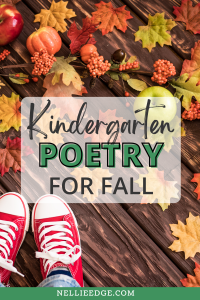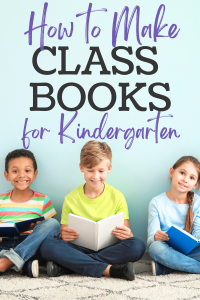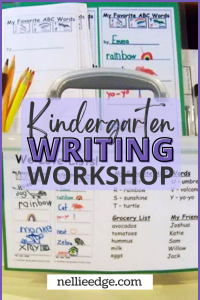(Updated November 2023)
Our language helps build the positive emotional climate where children grow as writers and illustrators and take pride in doing quality work. Our words help build a "growth mindset" so that young children learn they can teach their brains any new skills! To build emotional resilience, research says, praise children’s efforts towards their goals, perseverance, and willingness to try new things—not how smart they are. Specific encouragement is much more helpful than generic praise…
Following are examples of how language empowers the writer to grow.

All children’s art and photos used with permission from parents and teachers.
Remember the first week of school when you used lots of capital letters with no spaces in between words? Now you are using lowercase and you leave spaces between each word to make it easy for the reader. You sure are growing as a writer.
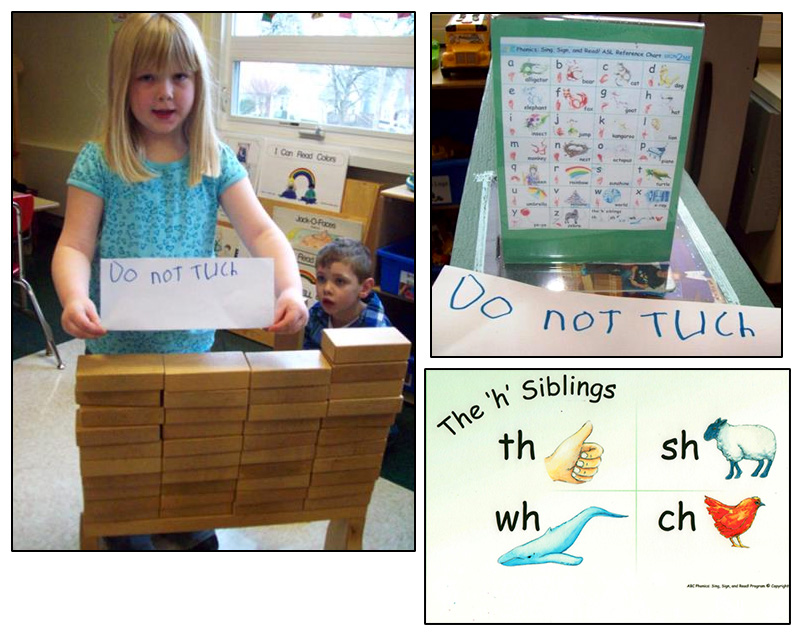
Now you get to make a sign. What do you want to tell us about your block building?
The “h” siblings are images from ABC Phonics: Sing, Sign, and Read! by Nellie Edge and Sign2Me. Download free miniature ASL chart at NellieEdge.com. Scroll down to “Parents as Partners” section.
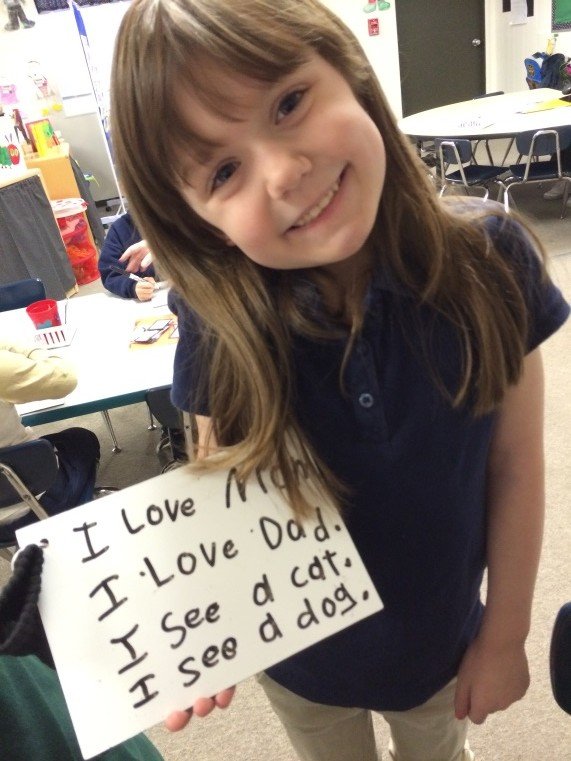
You've worked hard to develop such good handwriting. It sure is easy to read your writing. I bet you're proud of yourself!
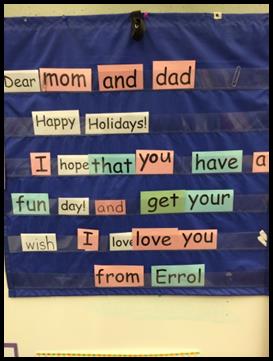
Aren't you amazed at all the high-frequency "heart words" you already know? What is your next "heart word" goal? Keep practicing at school and at home!

"Because" is such a great word for opinion writing. Now when you write, "I love my dog," you can tell us more about why you love your dog. Signing, fingerspelling, and writing help your brain remember new words!
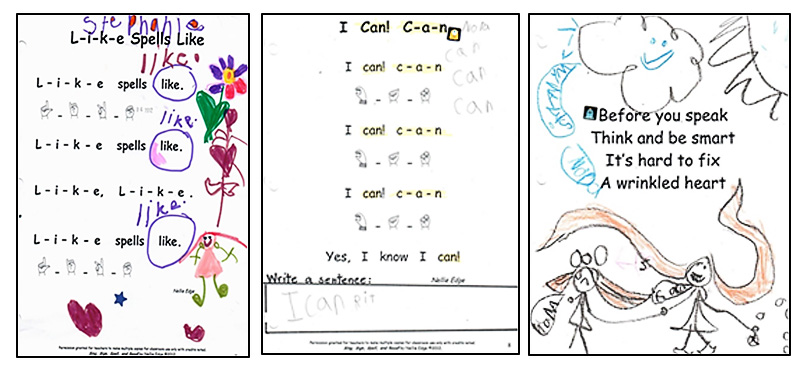
Wow! You can write “like” without even looking at this page…and I notice you drew pictures of things you like. That's another page for your "I Can Read" collection! Rhyme pages are added to the child’s growing collections of songs, poems, and rhymes in their “I Can Read” Poetry Notebook by Nellie Edge on TPT.)
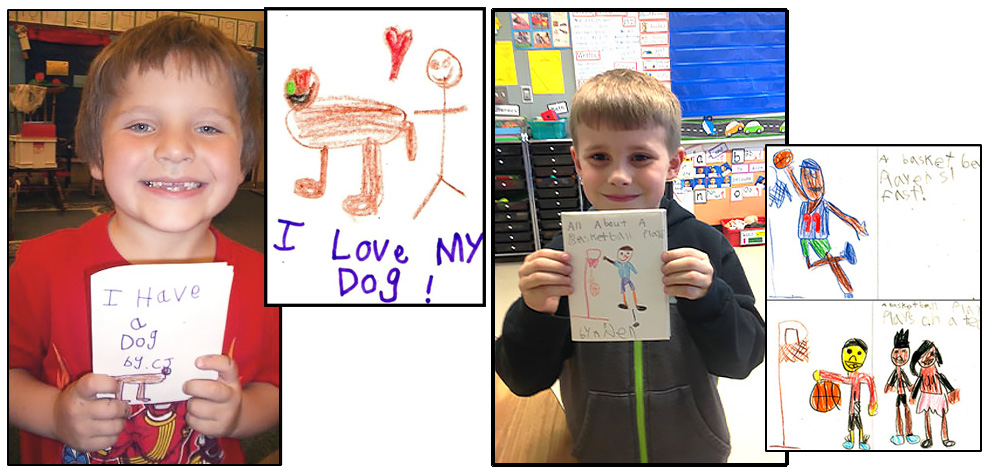
Hey! You wrote a whole book all by yourself. You are a writer who wants readers to know about your dog. Can we share your latest book with the class?
Your pictures and words tell a story.

Jonathan, I can tell that was quite a snowball fight! Your picture really adds power to your words. You sure know how to be a writer!

You are becoming such a prolific writer! In this piece, we can see that you really like cats the best, and you know a lot about them...how do you show your cats you love them?
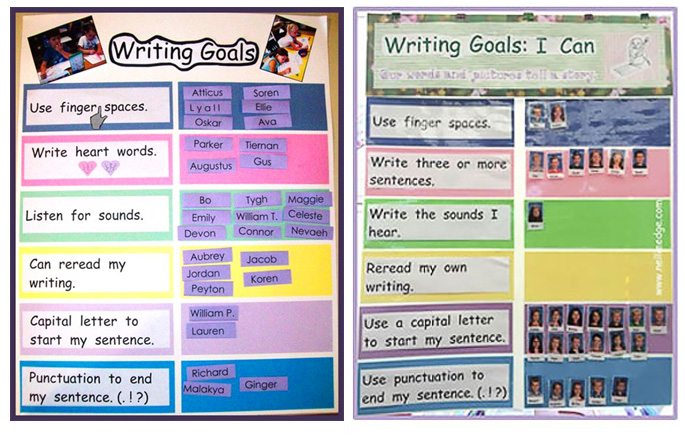
Soren, what is your writing goal this week? What is one thing you’re going to focus on to become an even better writer?
Name/photo cards and goals are not static nor are they meant to be sequential. Students frequently review earlier goals.
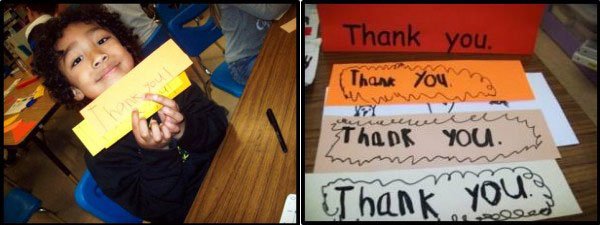
Wow! You sure wrote a bunch of secret messages! Where will you hide them when you get home? Someone is going to be surprised and happy when they find your message!
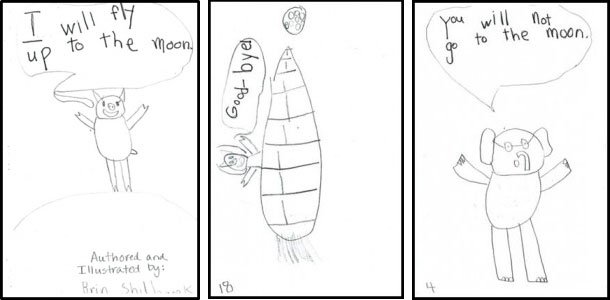
I noticed you used speech bubbles, just like Mo Willems does. I can’t wait to read your Elephant and Piggie book: I Will Fly Up to the Moon. How did you come up with the idea?
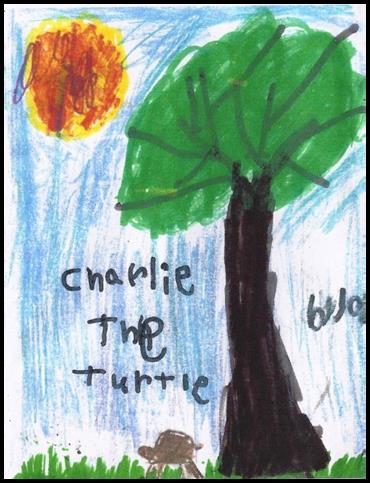
Dylan, you said you and John just wrote this sequel to your earlier book about our class turtle…What new information did you include?

Lucas, what are you doing this week as a writer?

You worked on that writing piece over several days; that’s what good writers do! They keep adding more details to their stories and pictures.
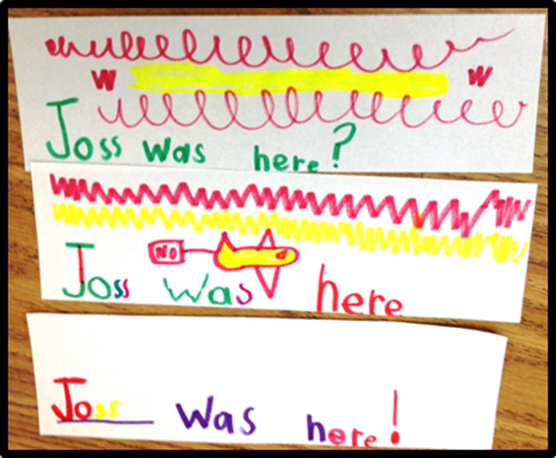
I noticed you are playing with punctuation. Show me with your voice how you want your readers to read each sentence.
You remembered the capital letter at the beginning of the sentence, the period at the end of the sentence, and you wrote three "heart words" – you sure are growing as a writer
A special thank you to master kindergarten writing teachers: Julie Lay, Katie Nelson, Joanie cutler, Diane Bonica, Laura Flocker, Jaime Corliss, Celeste Starr, Becky Leber, and Ruby Hovenden.





